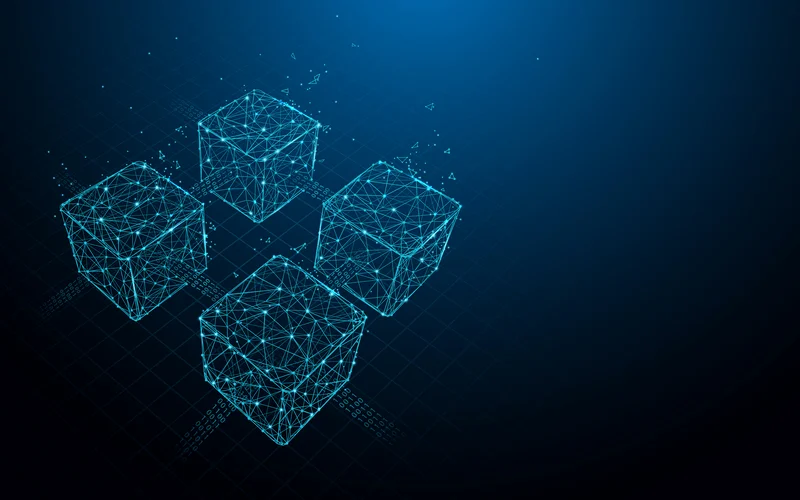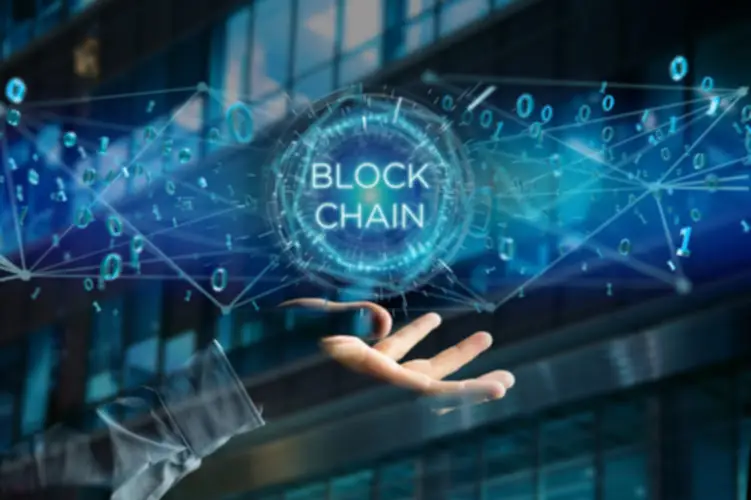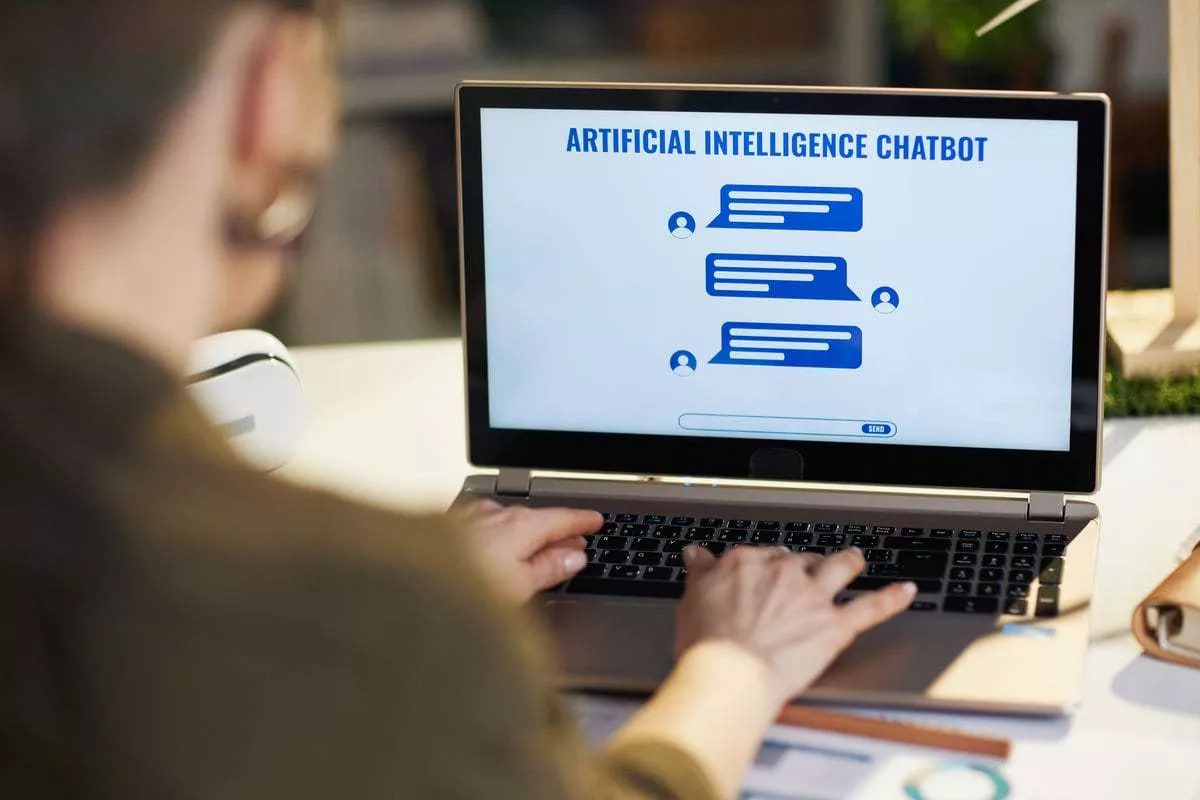Thematic Editorial: Edge Computing, Fog Computing, And Web Of Issues The Computer Journal
In quick, the process may be complicated to scale, specifically in the course of the https://innovacoin.info/what-i-can-teach-you-about-13/ business expansion part. Cloud computing addresses these challenges by offering computing resources as scalable, on-demand providers. With this technology, information is processed and transmitted to the units instantly.
- The servers are related to one another and centralized cloud servers, enabling the intelligent move of information.
- It brings intelligence down to the LAN degree of community structure, the place information is processed in a fog node or IoT gateway.
- So, edge and fog computing are finest fitted to use cases where the IoT sensors could not have one of the best internet speed.
- Instead, ‘fogging’ complements the cloud by performing less intensive analytics and processing tasks at the edge.
- These platforms work collectively to course of data domestically, even in environments where bandwidth is severely restricted or connectivity is unreliable.
Trends 2022: Fog Computing, Edge Computing And Cloud Computing

Cloud computing tends to rely on centralized knowledge centers that are typically located in specific geographic areas, while fog computing distributes processing energy far more broadly throughout a bigger area. This permits customers to entry data extra rapidly and successfully through centralized hubs whereas also minimizing the danger of latency or connection issues that may come up with cloud-based methods. Regarding cloud computing versus fog computing, there are a few important variations that set these two paradigms aside. Perhaps the obvious distinction between fog computing and cloud computing is the number of server nodes required for every method. With cloud computing, a central community of storage and processing sources is used, usually comprising thousands or even tens of millions of nodes. Cloud computing is a sort of computing that depends on distant servers to retailer and process data.

1 Scheduling And Useful Resource Administration
Edge units include routers, cameras, switches, embedded servers, sensors, and controllers. In edge computing, the info generated by these devices are stored and computed at the device itself, and the system doesn’t look at sharing this information with the cloud. This small storage and computation of knowledge earlier than sending it over to the cloud is fog computing. Fog computing involves the usage of gadgets with decrease processing capabilities to share a variety of the cloud’s load. The aim of fog computing is to make use of the cloud just for long-term and resource-intensive analytics.
Pc Science > Distributed, Parallel, And Cluster Computing

So, edge and fog computing are greatest fitted to use cases the place the IoT sensors may not have the most effective internet velocity. Deploying bodily servers and other technological infrastructure can take weeks or even months. Besides, companies require a physical space and a technical expert to make sure enough energy and working and administration of the methods. In this submit, we will understand the concepts of edge, fog, and cloud computing and their key differences.
Understanding Totally Different Computing Models
This type of fog computing depends on the computing power of servers positioned within the fog layer to process and analyze knowledge. Server-based fog computing is good for purposes that require more computing power than edge units can present. There are some key variations by means of where these companies are actually located.

There are a quantity of types of fog computing, together with client-based, server-based, and hybrid fog computing. However, it is considered useful for distant locations or distributed operations. Take No Stress and Learn Cloud Computing from scratch with KnowledgehutHut, an internet course that may vanish away all your ifs and buts with special cloud computing steering from trade consultants. Still, cloud computing remains well-liked because of its greater flexibility and increases scalability, making it perfect for a wide range of use circumstances. Overall, choosing between these two techniques relies upon largely on your specific wants and targets as a consumer or developer.
Fog computing is adopted in environments the place the cloud platform is located too far-off to allow efficient response occasions, and the edge gadgets are either resource-limited or physically distributed. Edge and fog computing may help enterprises comply with present knowledge processing and storage regulations, such as the European Union’s General Data Protection Regulation (EU GDPR). These computing platforms allow uncooked information to be processed and encrypted within the mandated jurisdiction.
Extensive simulation results show that the proposed method considerably lowers latency and energy consumption in contrast with conventional offloading methods. The framework is particularly effective in environments with dynamic and heterogeneous person demands. Tang et al. [1] suggest a data-cleaning method to improve object localization accuracy in edge computing environments. The authors handle the way to cope with noisy and incomplete information, an issue often encountered in edge-based localization methods. They introduce a hybrid knowledge cleaning method, combining statistical methods with machine studying models to reinforce information high quality.

Yang et al. [3] develop an analytical mannequin to judge the performance of a heterogeneous edge data center (EDC), which is essential for IoT purposes. The mannequin captures the dynamics of EDC methods which would possibly be topic to security threats and heterogeneous workloads. The authors focus on how attacks and failures impact the performance of those methods, which are essential for delay-sensitive IoT jobs.
This proximity means knowledge could be processed on the spot, which will increase the feasibility of making real-time, responsive applications. The localized knowledge processing also bodes properly for energy effectivity and lowers overall information transmission costs. Cloud computing is a highly centralized way of accumulating and processing knowledge.
Monitors can be utilized to audit the current system and predict future useful resource requirements based mostly on usage. Fog computing is defined as a decentralized infrastructure that places storage and processing elements on the fringe of the cloud, the place knowledge sources such as utility customers and sensors exist. This article explains fog computing, its elements, and finest practices for 2022 in detail. Fog computing has additionally been applied in manufacturing within the IIoT (Industrial Internet of Things).
As a outcome, we talk about on this paper the principle capabilities of these Fog modeling languages and propose a corresponding set of open analysis challenges in this area. Fog computing is a model new criterion that accompanies networking, processing, and storage functionality closer to the patron. With IoT and emerging technologies, fog computing guarantees more competent services and applications with pleasanter consumer experiences. As the fog computing paradigm is new, an intensive examination is required to develop numerous utility domains. At first, we present the fundamental overview of fog architecture and state-of-the-art fog supporting analysis activities.

Deixe uma resposta
Want to join the discussion?Feel free to contribute!